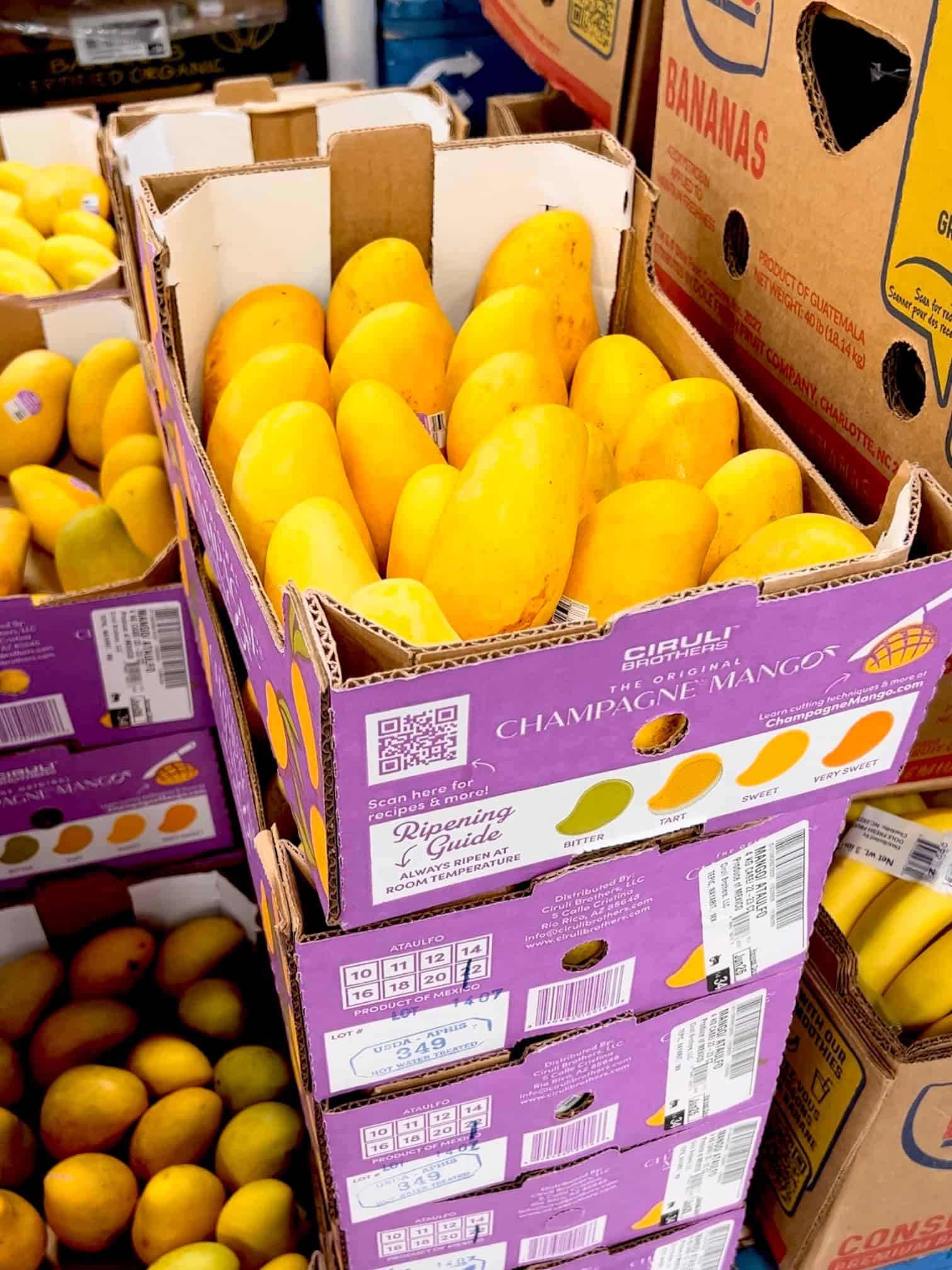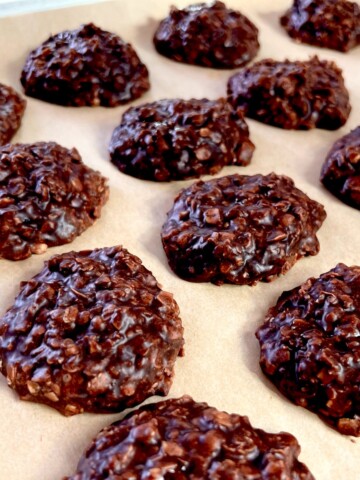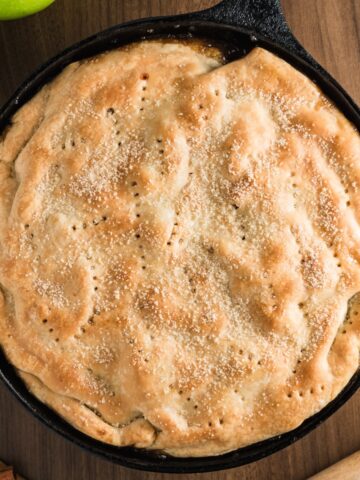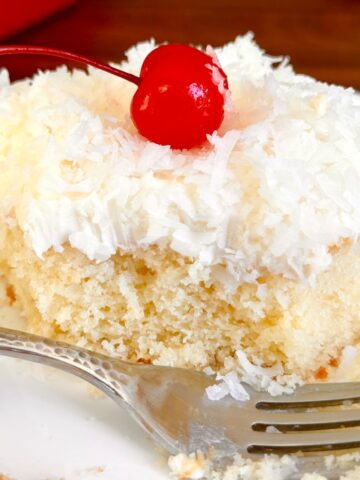Ripe mangoes that are dehydrated make for a perfect snack. Dehydrating the fruit allows you to extend its shelf life so that you may enjoy the sweet tropical flavor of ripe mangoes for weeks to come.


My favorite mangos to buy at Sam's Club are called Ataulfo Mangoes. It's pronounced, Ah-Tool-Fo if you speak English. If you speak Spanish, Ataúlfo it sounds more like, Attah-OOL-fo. Look at what a deal I found, a whole box for less than $5!
They are so sweet and orange once they ripen. Sometimes they are called "Champagne Mangoes" or "Honey Mango."I'll show you how I make a large batch of dehydrated mangoes in the dehydrator. They are great for snacking. $4.98! For a whole box. Thank You Sam's Club.

Another of the most popular mangos is the Kent. I love this mango as well. It's larger than the Ataulfo so it makes for great dehydrating too. I can get bigger pieces and I really like to get wide thin slices since they wilt up once they start to lose their moisture.
The Kent Mango is more acidic tasting whereas the Ataulfo is more creamy and buttery. I show you in the short video at the bottom of this post how to get those really wide chewy slices.
Then & Now
I've loved mangoes for as long as I can remember. While my mom was carrying me, my parents were stationed in the Canal Zone, Panama. She said there were mango trees all over the place down there. "You could just go and get a mango anytime you wanted." She ate them every day and developed a terrible rash around her mouth. She went to the doctor and he told her she was eating too many mangoes! 🙂
I hope that someday I can visit my tropical birthplace, Panama! Until then, I'll just buy them at the store.
How to Tell if Mangos Are Ripe
This is the most essential part of any recipe involving mangoes: Knowing when a mango is ripe and ready to eat or cook.
Ataulfo Mango Ripeness Check:
Ataulfo mangoes are smaller than regular mangos. I have learned how to tell when they are perfect and therefore very predictable for recipes. There is an infographic of the ripening stages on the side of the box. Although I disagree with the box a little bit. I think they are only sweet at the last color.

As soon as I see the skin turn to a deep orange color and the first one in the box gets a little wrinkle, I know they are ripe and sweet. The flesh is juicy and soft. It's so naturally sweet, there is no need for added sugar.
These ARE ready. See the slight wrinkles and orange color.

Kent Mango Ripeness Check:
The Kent mango is larger and has a thinner juice inside. Perhaps a bit juicier! This mango starts off green and turns a nice red color. When it is mostly red and "gives a little" when you push your finger against it, that means it's ready! This is what a perfectly ripe Kent Mango looks like on both sides. It still has a little green at the bottom.

How To Cut Mango For Dehydrating
You will need:
- A larger flat-edge knife, and a small sharp flat edge paring knife. See the video below for steps.
Steps To Dehydrating Mango Pieces
- Cut the fruit no thicker than ¼ inch. Preferable at ⅛ inches.
- Place in a single layer with at least 1 inch between pieces so that the air flows freely amongst the fruit.
- If your dehydrator doesn't have a "FRUIT" Setting, the temperature should be set at 135 degrees to 145 degrees.
- The process usually takes about 3.5 to 4 hours, depending on the thickness of the slices.
- When it's done, I usually turn my dehydrator off and just let the fruit rest there inside the machine to cool and dry for several hours or overnight.
Coatings to Add Some Flavor
To make your mango fruit leather have a zing, try adding some of your favorite seasonings. Some suggestions are:
Chili Powder
Sea Salt or Coarse Black Pepper
Popcorn Seasonings, Chili Lime, Salt and Vinegar, Caramel Corn
Lemon or Lime juice before dehydrating
Tajin seasoning
Coating it in shredded coconut
Other Ideas
This would be a great snack for the car on a road trip. Try chopping it up and adding the dehydrated mango pieces to trail mix or granola.
Are You Thinking About Buying a Dehydrator?
We have a larger capacity one that came from a popular chain camping sporting goods store. It has lasted for over a decade now. There are so many foods you can make in a dehydrator. My favorite and most common thing that I make in the dehydrator is Beef Jerky. I have the Weston Realtree 8-tray Dehydrator.
What about Dehydrating in the Oven, Airfryer, Sun Vs. A Dehydrator?
Sun Drying Mango Slices- I've tried all methods of dehydrating mango. The worst was sun-drying. Let's leave that for the avid outdoors people. I like to get the job done as quickly and cleanly as possible and absent of the weather conditions with bugs!
Air Fryer Dried Mango- It's not bad. It tends to get too crispy and shrivel up. I like the air fryer method for apple slices. When you use a dehydrator, it makes the process very slow therefore allowing the dried fruit to keep its chewy texture. With the high natural sugar content of mangoes, the dehydrator is able to keep it drying without cooking it.
Dehydrating Mangoes in the Oven- The dehydrator appliance has a continuous stream of air flowing around the fruit that the oven doesn't provide (unless it's a convection oven.) That is why the results of a dehydrator are better than the oven method. Even at a low temperature the oven is just actually baking the mango.
Tip: For best results, use the appliance that is designed to do this job. An electric dehydrator.
How To Store Dried Mango
Place them in an airtight container or ziplock bag, in a single layer between pieces of waxed paper or parchment paper. You can store it in the refrigerator for several weeks to extend the shelf life.
Watch the quick tutorial video below!

How to Dehydrate Mango
Equipment
- 1 electric dehydrator machine
- 2 knifes (large flat sharp and a paring knife)
Ingredients
- 6 ripe mangos
Instructions
- Wash and pat dry mangos. Cut the fruit no thicker than ¼ inch. Preferable at ⅛ inches. Remove skin with a paring knife and discard the pit.
- Place in a single layer with at least 1 inch between pieces so that the air flows freely amongst the fruit.
- If your dehydrator doesn't have a "FRUIT" Setting, the temperature should be set at 135 degrees to 145 degrees. The process usually takes about 3.5 to 4 hours, depending on the thickness of the slices.
- When it's done, I usually turn my dehydrator off and just let the fruit rest there inside the machine to cool and dry for several hours or overnight.
Video






LE says
This is a great way to get those big wide slices.